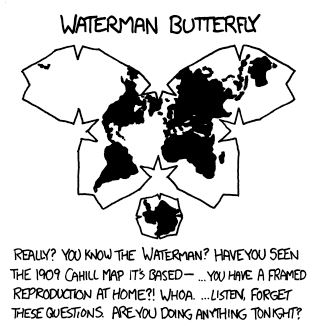

Emissions grew in 2023, that’s not the same as ‘are now growing’. There is a good chance global CO2 emissions fall in 2024, mainly due to trends in China. Of course it takes time to gather data, but NS should be more careful with the headline.
The spinscore link has useful refs - but keeps mixing up CO2 emissions with “CO2 equivalents” including methane, landuse and minor gases. Methane rising is a big issue, but might potentially be turned around faster. Regarding landuse, deforestation was exacerbated last year by El Niño feedbacks - it’s hard to separate the anthropogenic part of these fluxes.
Rather than simple headlines which encourage fatalistic doom, it’s more useful to explain how some factors progress better than others. They are right to highlight growth in road transport and aviation (even if some growth still covid-rebound), although more effort still needed in all sectors.











Back in 2011, I with my young family took a local bus north from Mariana, which diverted through several villages including that one Bento Rodrigues just below the dam, soon to be washed away. Through gaps in the trees we could glimpse those huge orange lakes just behind earth dams - it was obvious even to a casual tourist that it was a disaster waiting to happen. But the bus was run by the mining company, like all services around there, I suppose that’s why people didn’t complain more.
By the way I was told Brazil didn’t even make much from iron mines, as most of raw ore was exported to China, which got the real value.